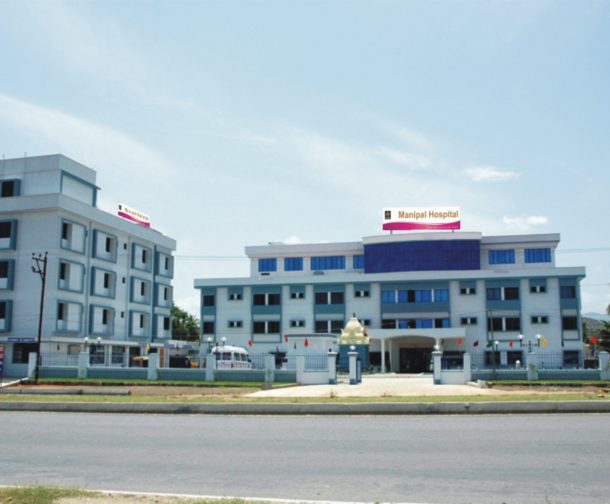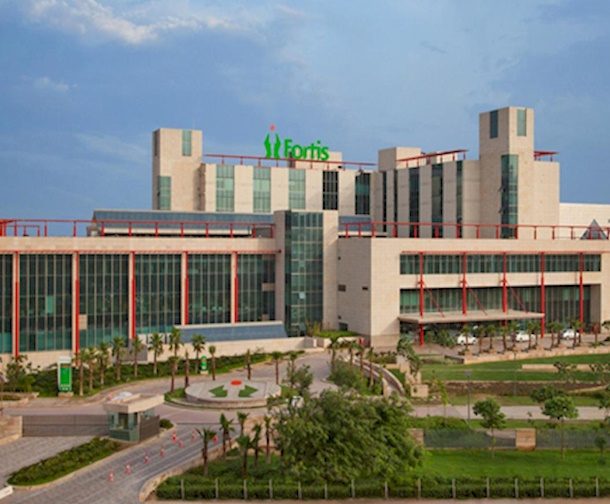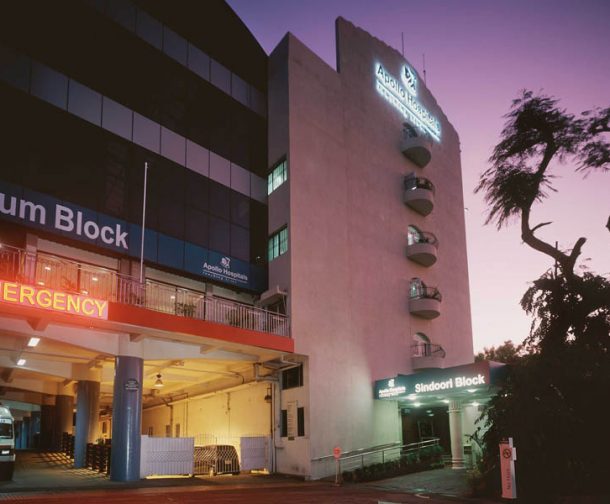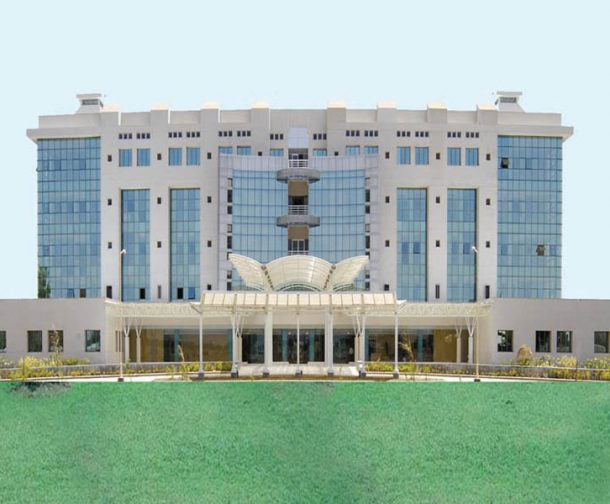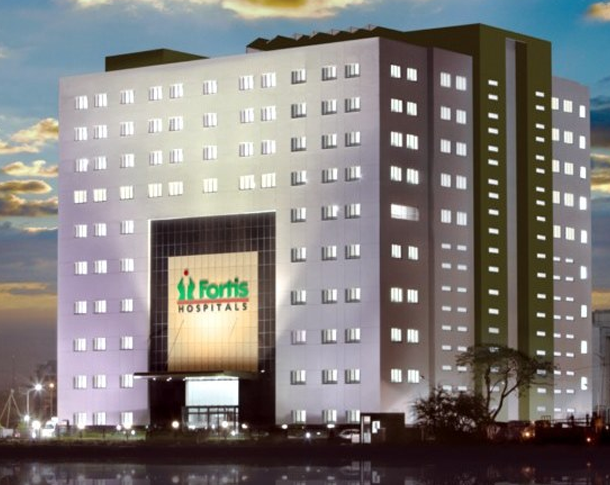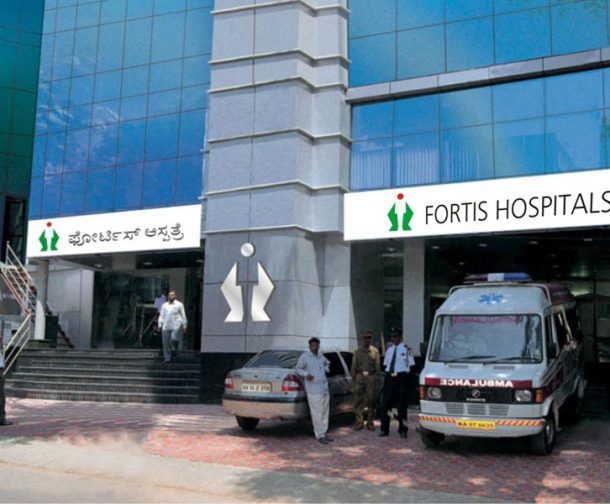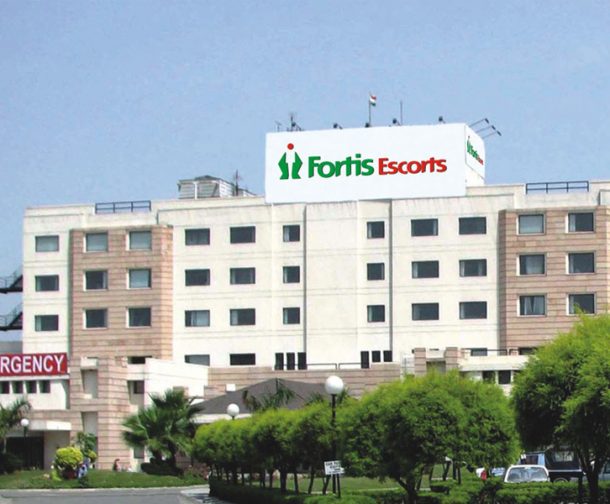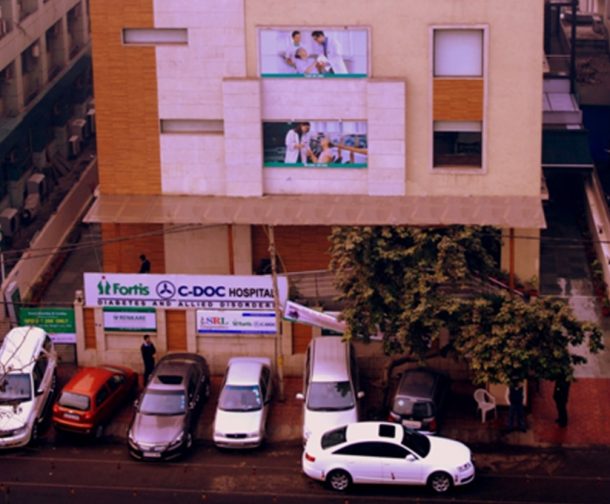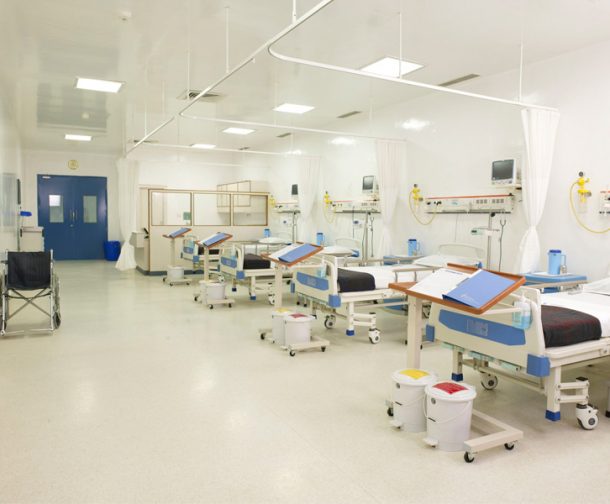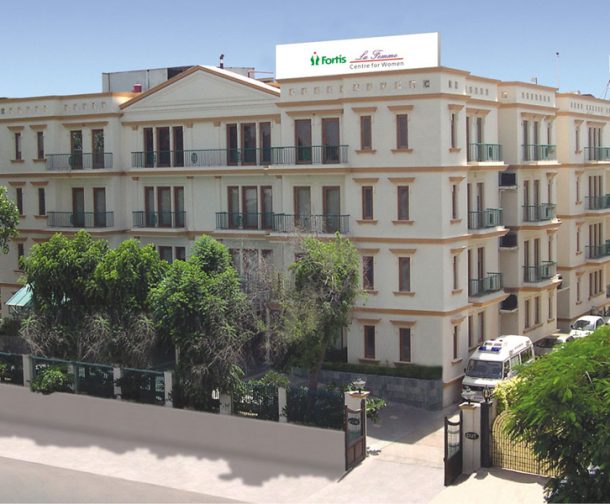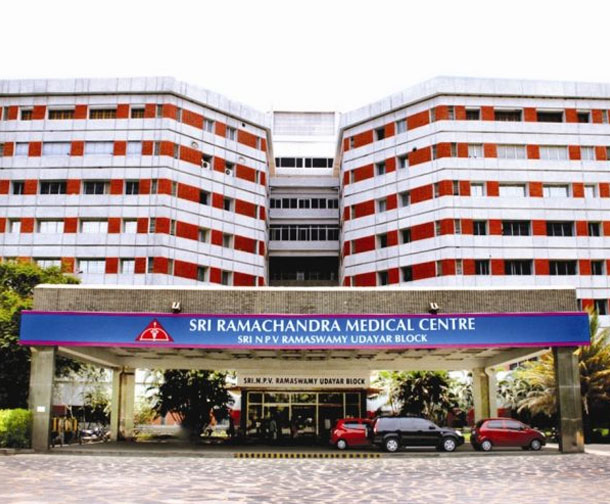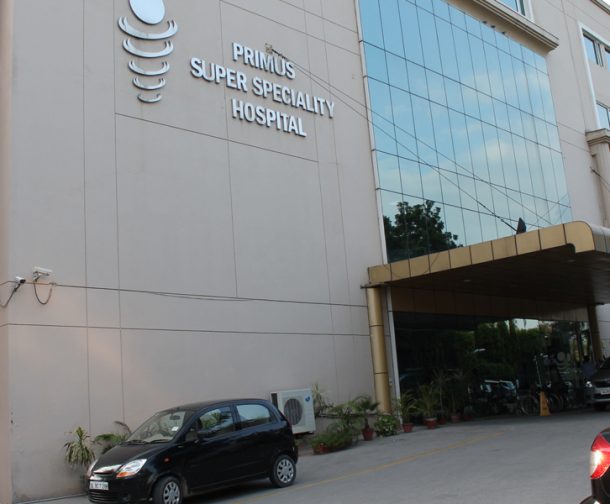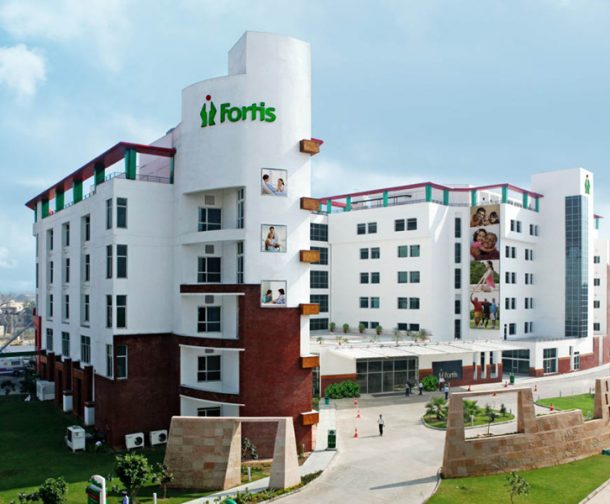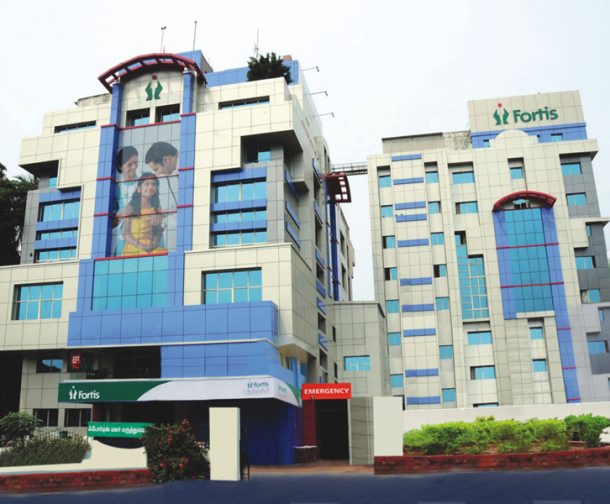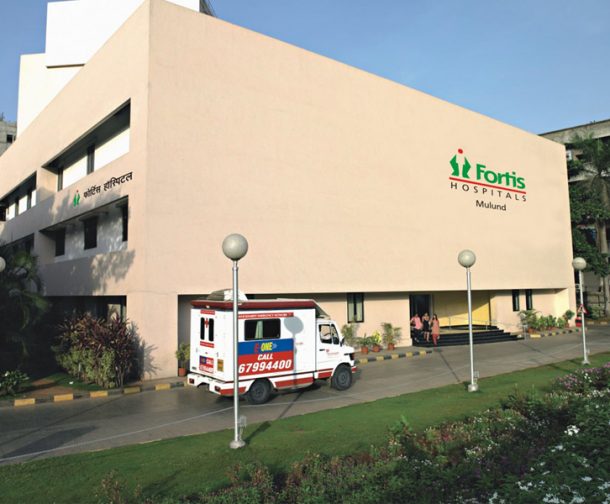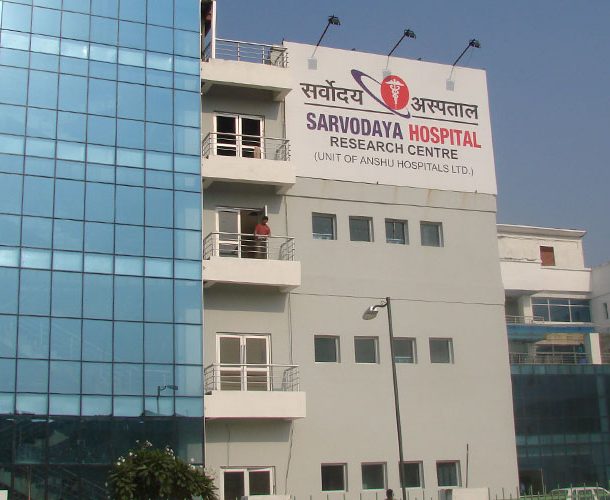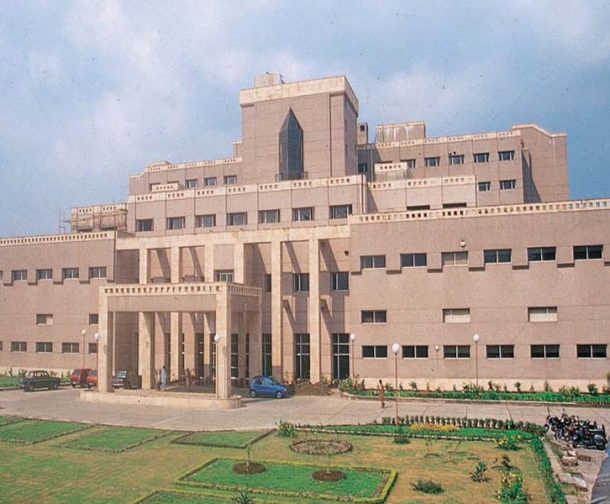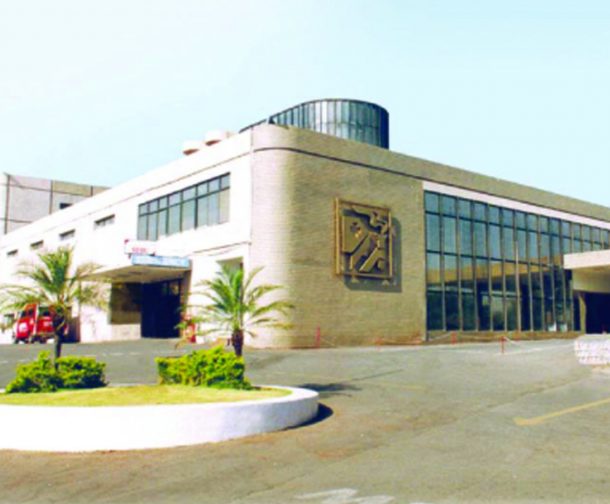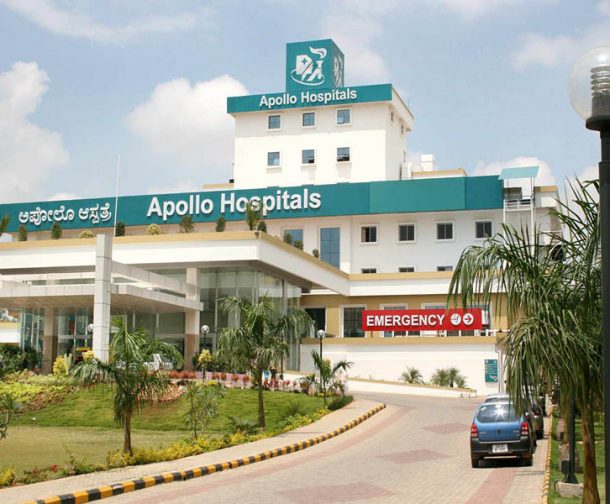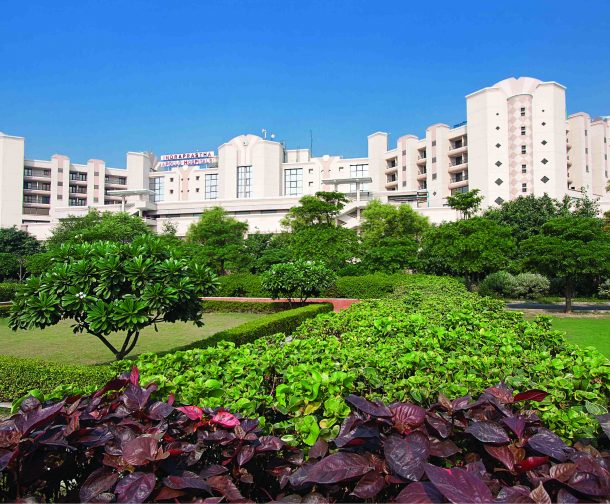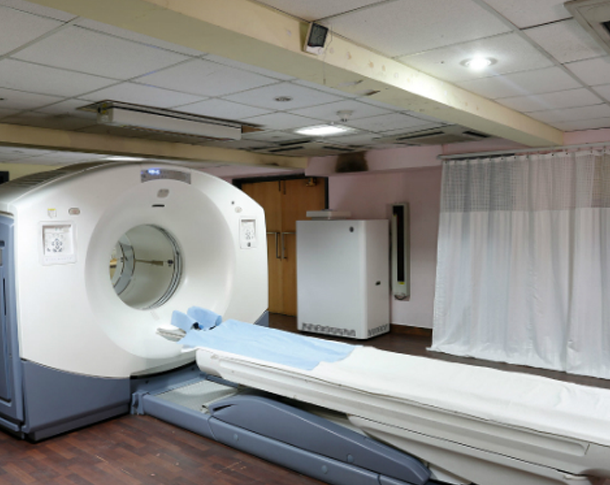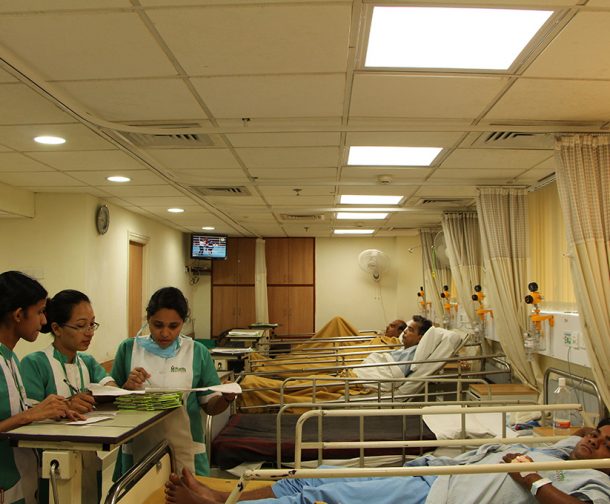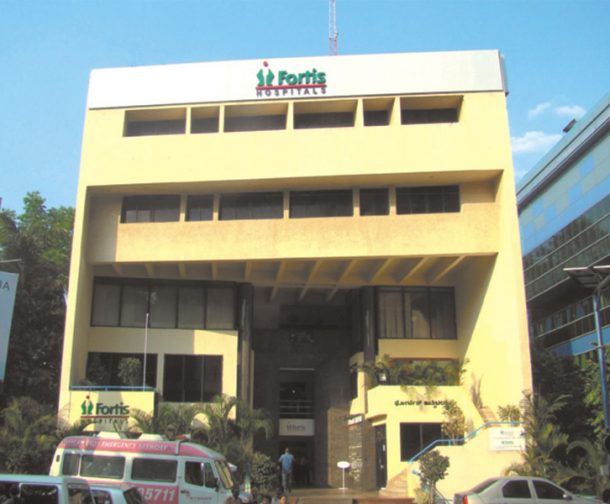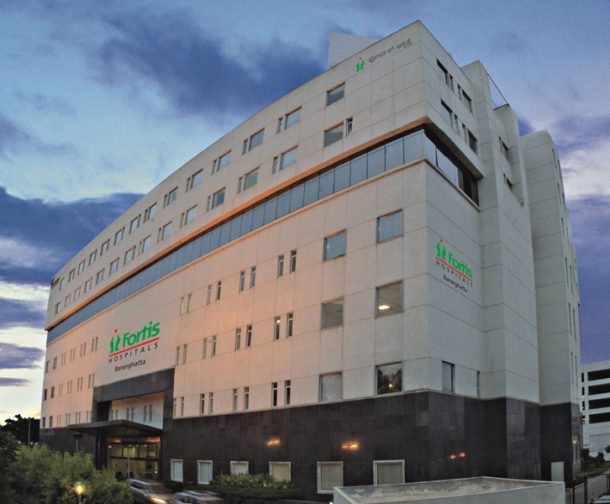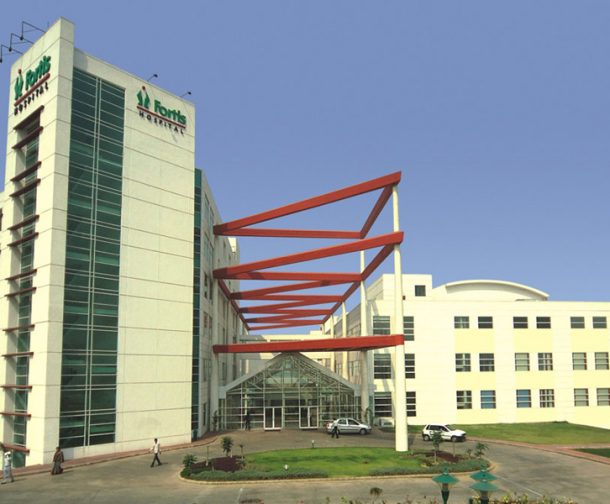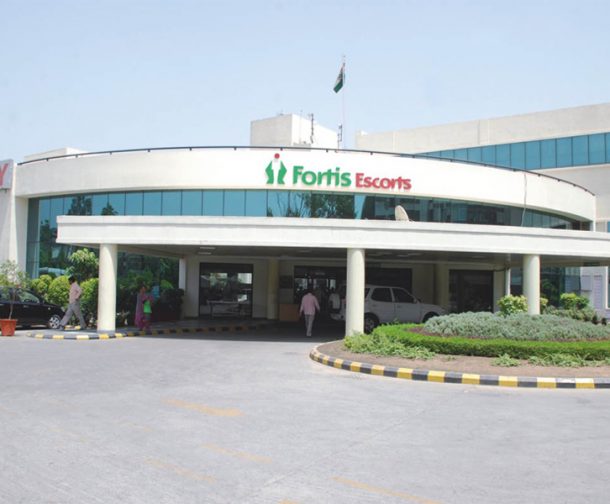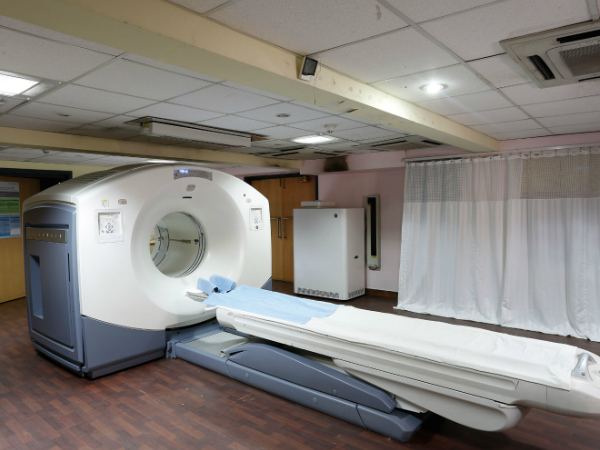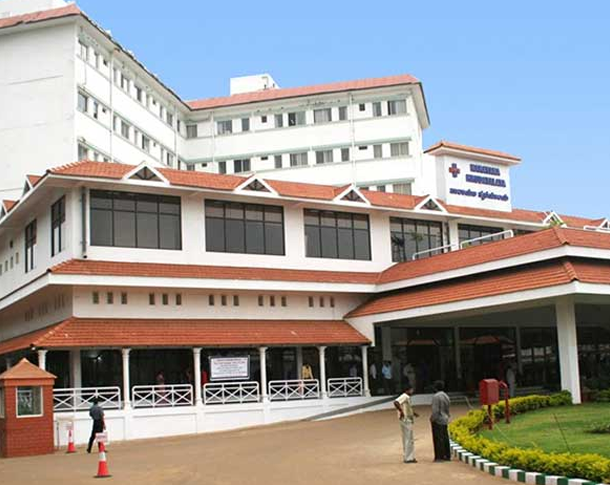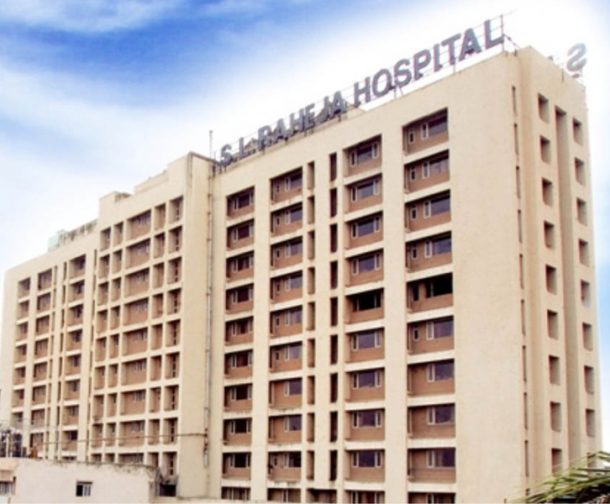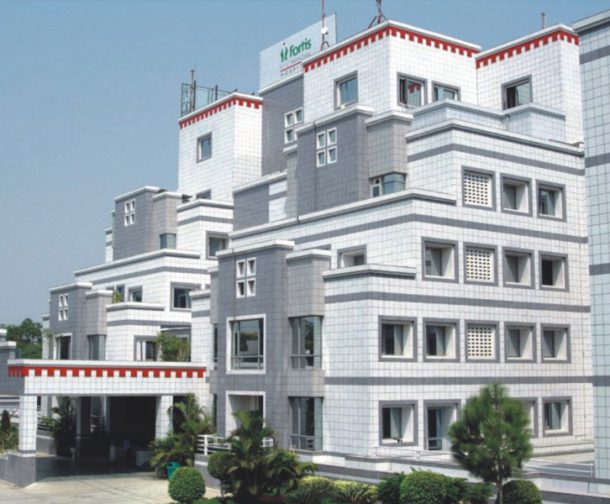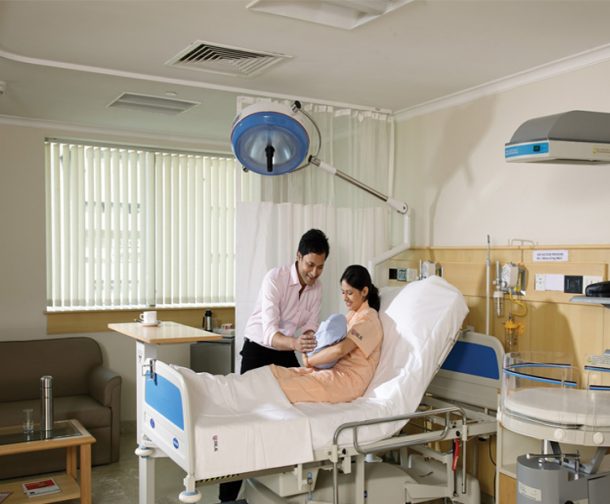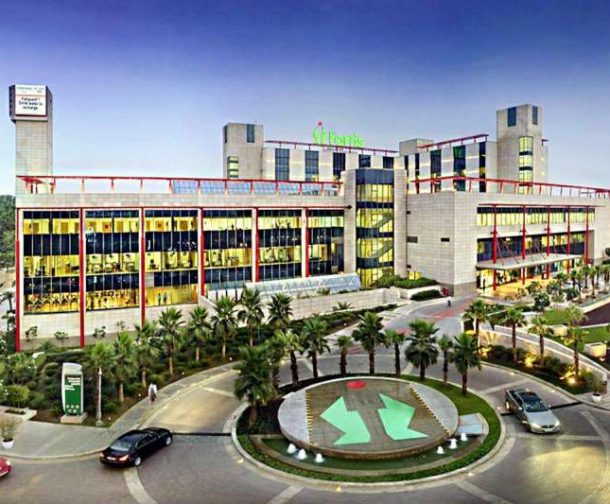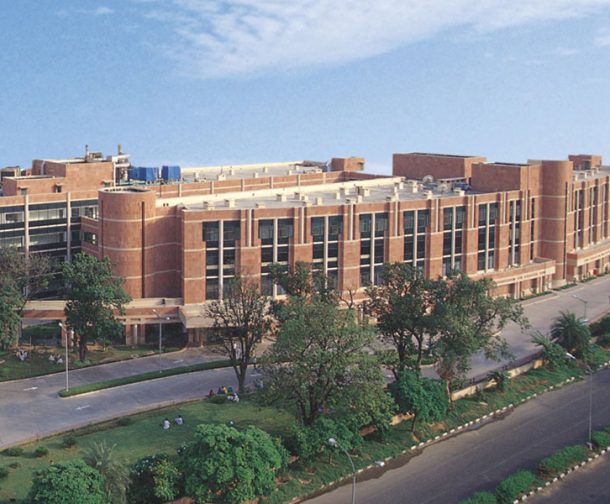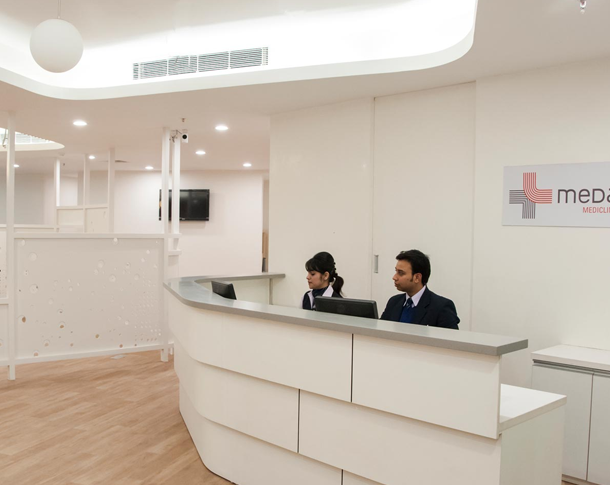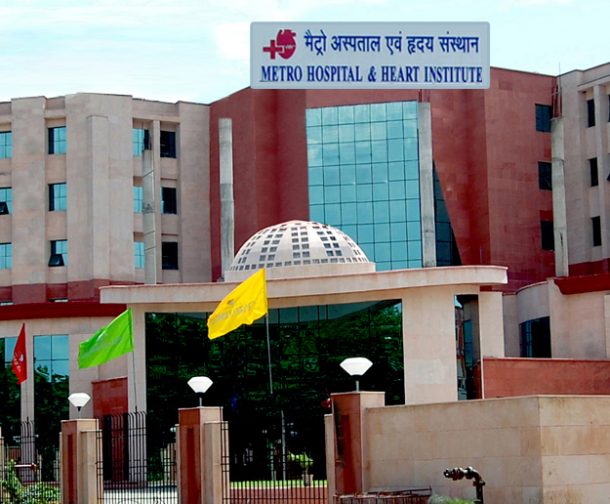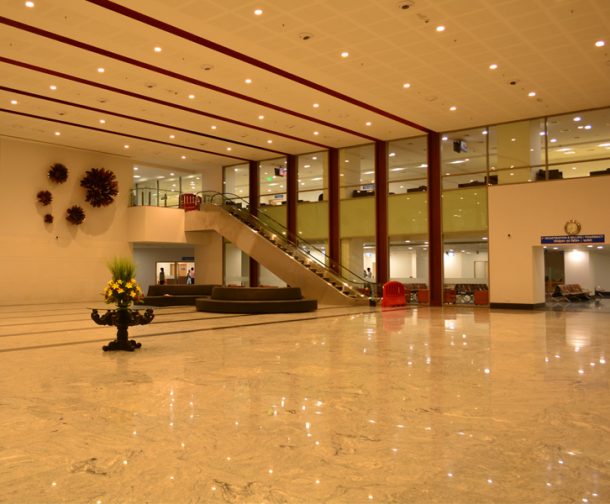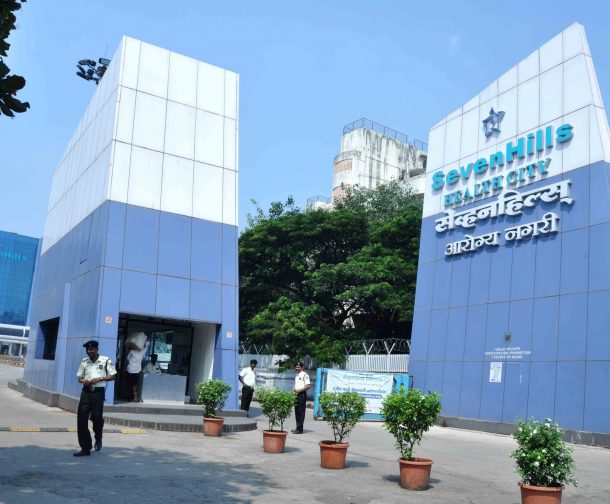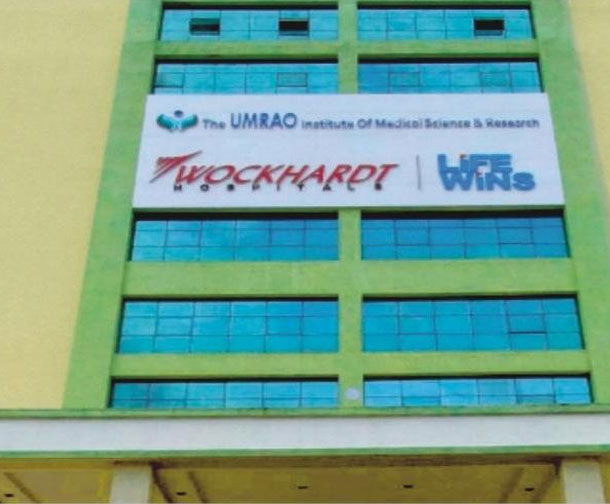
Gastroenterology
Gastrointestinal (GI) diseases include those of the esophagus, stomach, small and large intestine, rectum and the other organs associated with digestion such as the liver, gallbladder, and pancreas. As per the global estimates, nearly 6-60 billion cases of gastrointestinal disorders occur annually. The World Gastroenterology News, 2010, reported that Inflammatory Bowel Diseases (IBD) is more common in the developed countries. Diarrhea causes the death of children at a very high rate across the world. Thus, there is an increasing demand for gastroenterologists worldwide.
People from different countries are stepping in India in search of best hospital for gastroenterology due to multiple reasons. Indian health care industry brings together multiple specialties for the diagnosis and treatment of various digestive disorders. Usually, any gastroenterologist in India from a reputed hospital holds decades of valuable experience in the field. Along with a qualitative treatment, the best doctor of gastroenterology in India, provides expert advice on diet and lifestyle modifications and preventive measures to be taken. India is becoming increasingly popular in the field due to extensive research and advanced technologies used for the treatment of GI disorders. The surgeons, from the best gastroenterology hospital in
India select the most suitable surgery for their patients ensuring a faster recovery.
The cost of diagnostic procedures for gastroenterological diseases such as sigmoidoscopy, endoscopy, colonoscopy, etc. is below 10,000 rupees in most of the hospitals in India which is much less as compared to the other countries.
Procedures of Gastroenterology
Capsule Endoscopy (Inpatients)
A capsule or pill sized video camera swallowed by the patient gives the view of middle part of the small intestine. This helps in the diagnosis of regional abnormalities and guides in the treatment.
Colonoscopy (Full Length)
This diagnostic procedure helps the surgeon to look at the inner lining of the large intestine (entire colon) by using a long, narrow and flexible tube with a camera, called the colonoscope. It helps to detect ulcers, polyps, tumors, and areas of bleeding or inflammation in the colon.
Endoscopy (UGI Endoscopy)
UGI endoscopy is performed to detect the defects of the upper gastrointestinal tract (i.e. the esophagus, stomach, and duodenum). A thin, long and flexible endoscope is inserted through the mouth into the GI tract to view the inside for diagnostic and treatment purposes.
Endoscopy Pseudocyst Drainage
Pancreatic pseudocysts are the fluid-filled sacs that form inside or outside the pancreas and can lead to the obstruction of the pancreas or pancreatitis or trauma. By using endoscopic ultrasound which is placed in the GI tract very close to the pancreas, these cysts can be punctured and drained.
ERCP (Diagnostic)
Endoscopic retrograde cholangiopancreatography (ERCP) uses both endoscopy and fluoroscopy techniques to diagnose and treat the conditions of the pancreatobiliary system.
Esophageal stenting
This procedure involves placing a tube (i.e. stent) in the esophagus to open the blocked esophagus, thereby, allowing the passage of soft foods and fluids. It is performed as a part of treatment for esophageal perforation, peptic esophageal strictures, tracheoesophageal fistula, etc.
Sigmoidoscopy
This procedure is performed to view the inside of the sigmoid colon (the last third part of the descending colon) and rectum. It helps to detect the polyps, ulcers, and cancers present in these regions of the digestive tract.
Whipples Procedure
It is a complex surgery which involves the removal of small portions of the pancreas, small intestine, and the gall bladder. It is majorly performed to treat pancreatic cancers and may also be done to treat the abnormalities of small intestine and gallbladder.

Amazing facts about the gastrointestinal system
- The stomach can hold up to 1.5 litres of food or drink
- The human liver performs 500 different functions
- The liver weighs about 1.6 kgs
- The stomach produces a new layer every two weeks, so it does not digest itself
- It takes seven seconds for the food to move from the mouth to the stomach
- People can live without a stomach, if it is removed due to any disease
- The human stomach contains about 35 million small digestive glands
- The large intestine or colon has millions of bacteria that feed on the leftovers in the intestine
- The small intestine is about four times as long as the average adult is tall If it weren’t looped back and forth on itself, its length of 18 to 23 fit wouldn’t fit into the abdominal cavity
- An adult makes 1-3 pints of saliva a day

